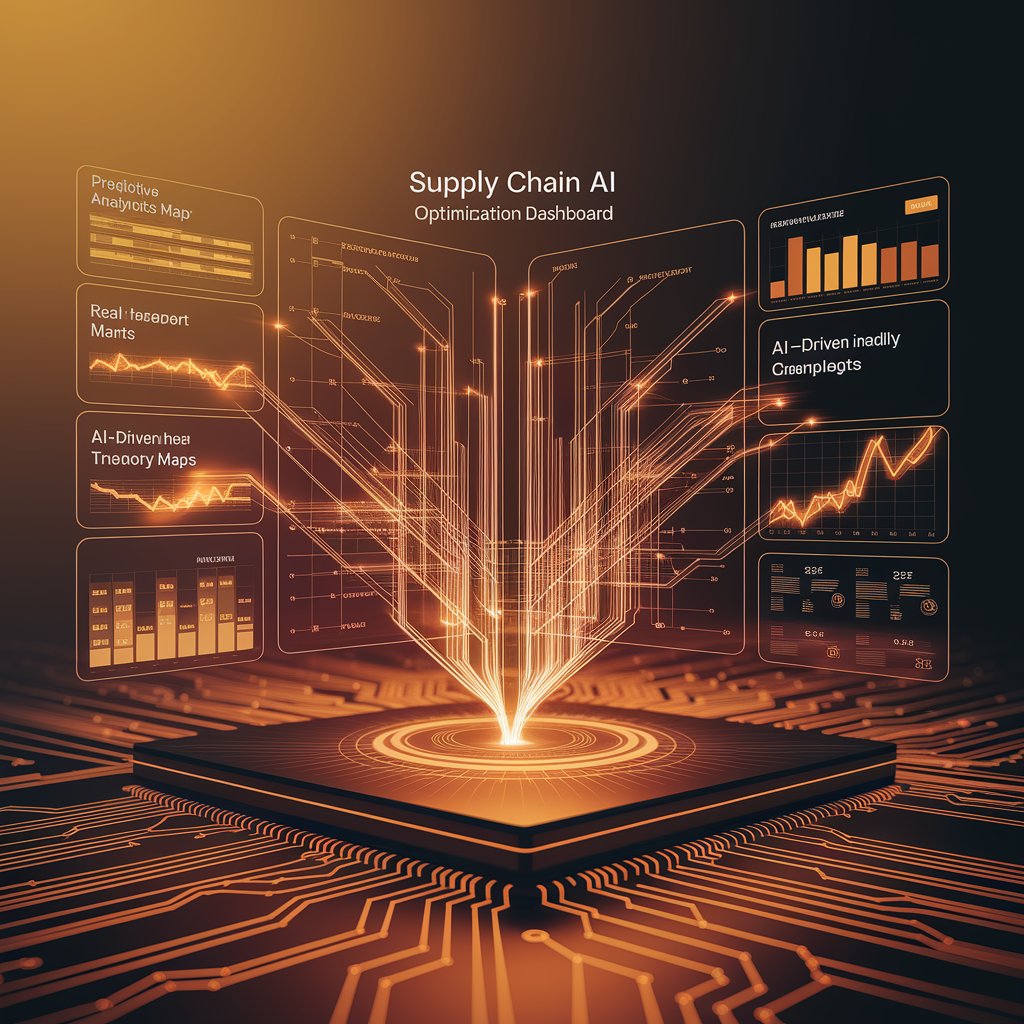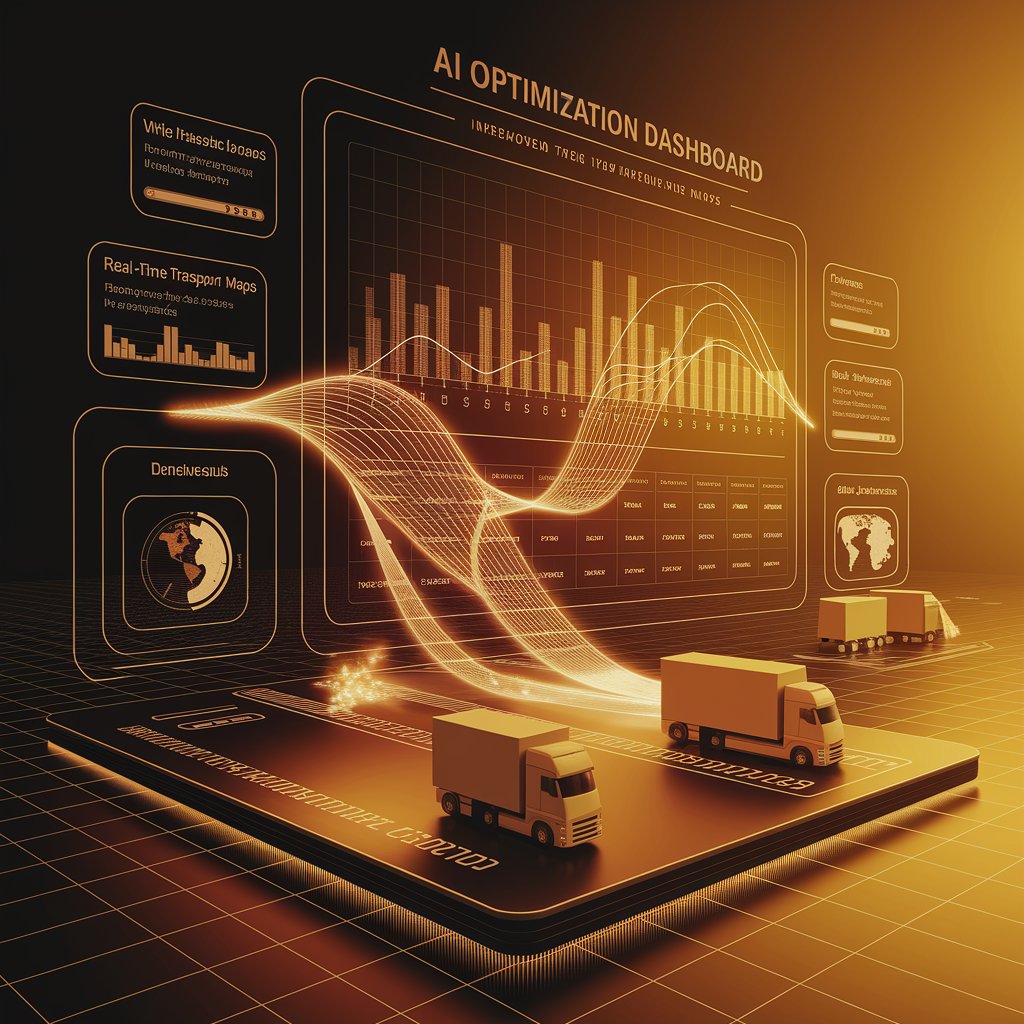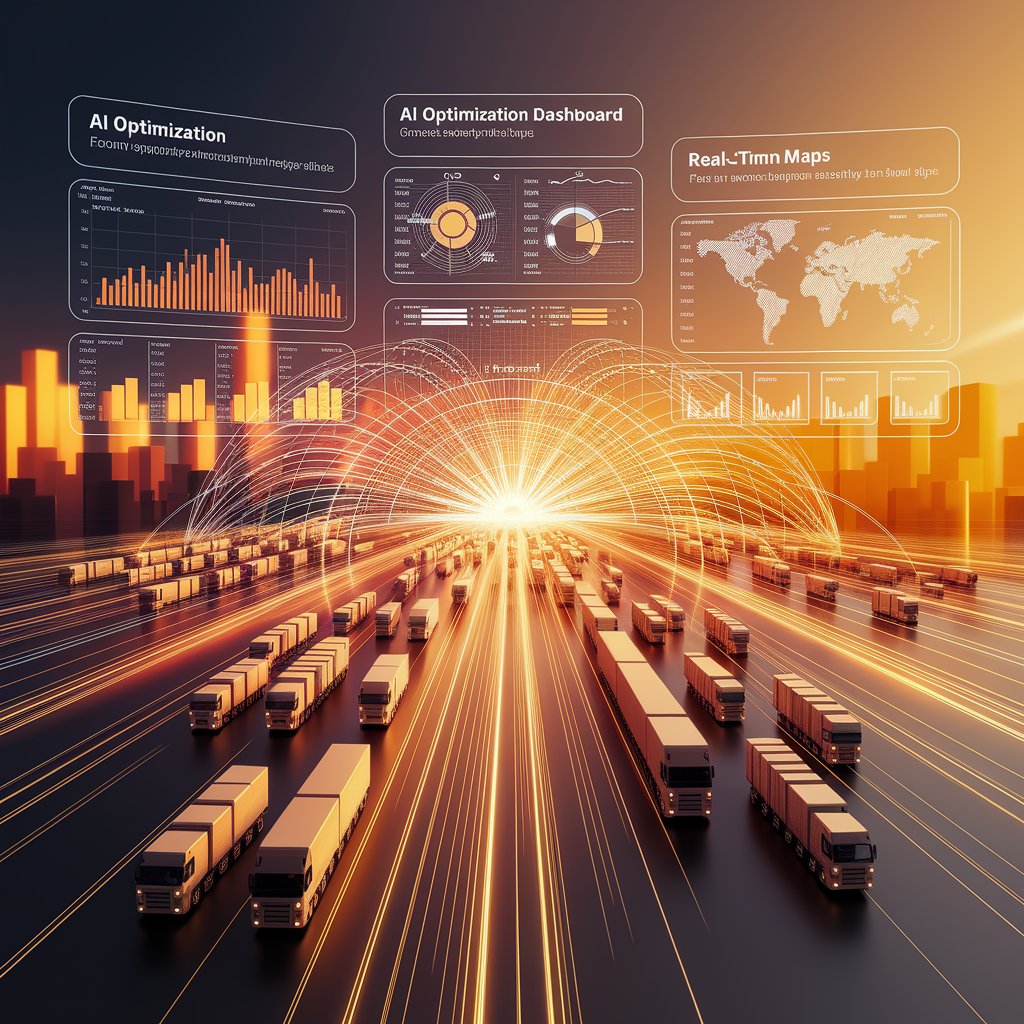Supply Chain AI Optimization: Smarter, Faster, and More Resilient Logistics

Introduction
This is where supply chain AI optimization comes in. By applying artificial intelligence to supply chain networks, companies gain predictive insights, smarter automation, and the agility to stay ahead of disruptions.
What Is Supply Chain AI Optimization?
Supply chain AI optimization refers to the use of artificial intelligence algorithms, machine learning, and predictive analytics to improve logistics operations. AI analyzes vast amounts of data—from ERP, TMS, WMS, IoT, and external sources like weather and market conditions—to optimize every step of the supply chain.
Instead of reacting to issues, businesses can predict, prevent, and optimize in real time, creating supply chains that are efficient, resilient, and scalable.

Key Features of Supply Chain AI Optimization
- Predictive Demand Planning – Forecasts demand with greater accuracy.
- Dynamic Inventory Management – Adjusts stock levels based on real-time data.
- Route & Transport Optimization – Suggests the most efficient and sustainable routes.
- Risk Forecasting – Identifies potential disruptions and mitigates them proactively.
- Integrated AI Dashboards – Provide real-time visibility across global networks.
- Self-Learning Algorithms – Continuously improve through historical and live data.
Benefits of Supply Chain AI Optimization
- Cost Reduction – Minimize inefficiencies, fuel costs, and stock imbalances.
- Improved Efficiency – Automate repetitive planning and allocation tasks.
- Resilience – Anticipate and adapt to disruptions in global trade.
- Customer Satisfaction – Provide reliable ETAs and improved service.
- Sustainability – Optimize routes and inventory to reduce emissions.
- Agility – Adjust quickly to market shifts or demand fluctuations.

Real-World Applications
- Freight Forwarders – Forecast shipment volumes and optimize carrier selection.
- Carriers – Manage fleets dynamically to meet real-time demand.
- E-commerce Logistics – Plan for seasonal surges with predictive intelligence.
- Cold Chain Providers – Ensure compliance and minimize risks for sensitive cargo.
- Manufacturers & Retailers – Balance global supply and distribution more effectively.
Challenges in Supply Chain AI Optimization
- Data Quality Issues – Incomplete or inconsistent data reduces AI accuracy.
- Integration Complexity – Legacy ERP, TMS, and WMS systems may limit adoption.
- High Implementation Costs – Advanced AI solutions require upfront investment.
- Cybersecurity Risks – Supply chain data is a prime target for attacks.
- Change Resistance – Teams may hesitate to trust AI-driven decision-making.

Best Practices for Success
- Start Small, Scale Fast – Begin with one supply chain segment before expanding.
- Ensure Data Accuracy – Clean and standardize data for reliable predictions.
- Integrate Seamlessly – Connect AI with existing ERP, TMS, and IoT platforms.
- Balance Automation with Human Insight – Combine AI optimization with planner expertise.
- Focus on ROI – Track cost savings, service improvements, and risk reduction.
- Invest in Training – Equip teams to use AI tools effectively.
The Future of Supply Chain AI Optimization
- Autonomous Supply Chains – AI systems making end-to-end decisions.
- Digital Twin Supply Chains – Real-time simulations for risk-free testing.
- Blockchain Integration – Secure, transparent supply chain data flows.
- Edge AI – Faster local decision-making at warehouses, ports, and hubs.
- Sustainability-First Optimization – AI balancing profitability with ESG goals.
Conclusion
Supply chain AI optimization is reshaping global logistics by replacing static, manual methods with predictive, intelligent, and adaptive systems. From forecasting demand to optimizing transport and inventory, AI empowers businesses to cut costs, improve efficiency, and build resilience.
For freight forwarders, carriers, and global shippers, adopting supply chain AI optimization is not just about technology—it’s the key to staying competitive in the future of logistics.
